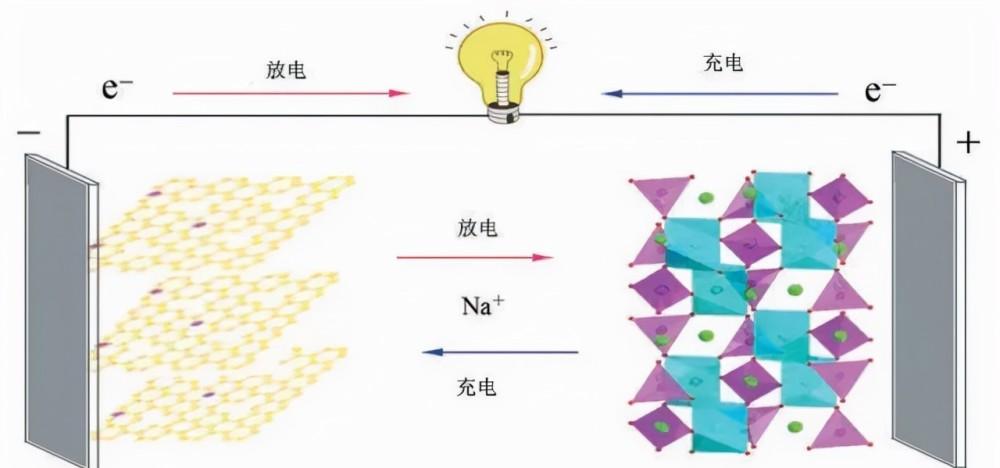Wen | Huijin Digital Energy - Palm Coal Coke
Sodium-ion batteries versus lithium-ion batteries

Sodium ion battery is a secondary battery (that is, rechargeable battery), mainly relying on sodium ions moving between the positive and negative electrodes to generate electrical energy, in the process of charging and discharging, Na+ is embedded and detached back and forth between the two electrodes: when charging, Na+ is de-embedded from the positive electrode, embedded in the negative electrode through the electrolyte; the opposite is true when discharged.
A lithium-ion battery is a secondary battery (rechargeable battery) that relies primarily on lithium ions moving between the positive and negative electrodes to work. During charge-discharge, Li+ is embedded and de-embedded back and forth between the two electrodes: during charging, Li+ is de-embedded from the positive electrode, embedded in the negative electrode through the electrolyte, and the negative electrode is in a lithium-rich state; when discharged, the opposite is true.
Sodium-ion vs. lithium-ion batteries:
(1) The crustal abundance of sodium resources is 423 times that of lithium resources, and sodium resources are distributed worldwide, while the distribution of lithium resources is very uneven - 75% are distributed in the Americas, and the price of sodium resources is much lower than that of lithium resources, only 1.33% of the latter;
(2) Because sodium does not react with aluminum, the positive and negative collectors of sodium-ion batteries can use cheaper aluminum foil, but lithium will react with aluminum, so the negative collector of lithium-ion batteries can only use copper foil with higher prices;
(3) The positive electrode of the sodium-ion battery can use a cheap transition metal, and the cost is lower than the positive cost of the lithium-ion battery. The final cost of sodium-ion batteries can be 30 to 40% less than lithium-ion batteries;
(4) Sodium-ion batteries can use electrolyte salts and solvents with lower decomposition potentials, so they have a wider range of choices than lithium-ion batteries in terms of electrolytes.
(5) The electrochemical properties of sodium-ion batteries are relatively stable, and it will be safer than lithium-ion batteries during use.
Sodium-ion electrons are slow to develop, in addition to technical factors, mainly due to their low energy density, but if compared with traditional lead-acid batteries, it is an advantage. The energy density of sodium-ion batteries is 100~150Wh/kg, the energy density of lead-acid batteries is generally 30~50Wh/kg, and sodium-ion batteries are 3 to 5 times that of lead-acid batteries. In addition, the working voltage of sodium-ion batteries is 0.7 to 1.4V higher than that of high-lead-acid batteries, and the service life is more than 6 times that of lead-acid batteries. The cell energy density of ternary lithium batteries can already reach about 250Wh/kg; the cell energy density of lithium iron phosphate batteries is slightly lower, but there are also about 180Wh/kg.
For more coal knowledge, coal blending software, automatic coal blending, coal quality evaluation and other related content, pay attention to the "Pocket Coal Coke" public account